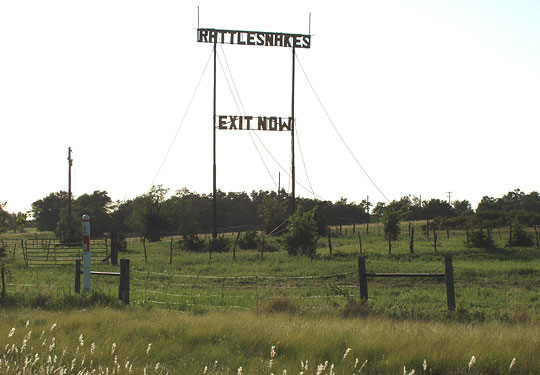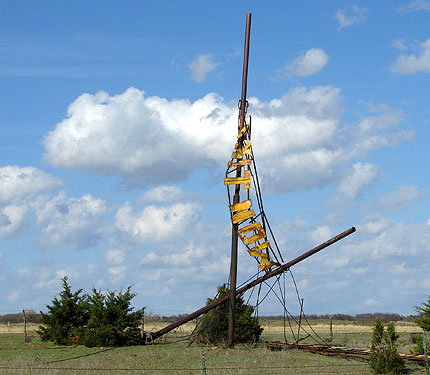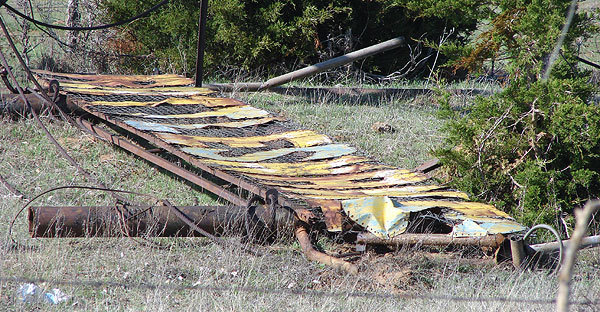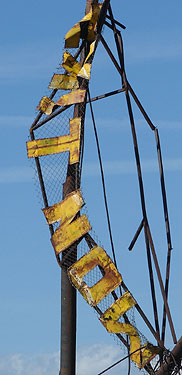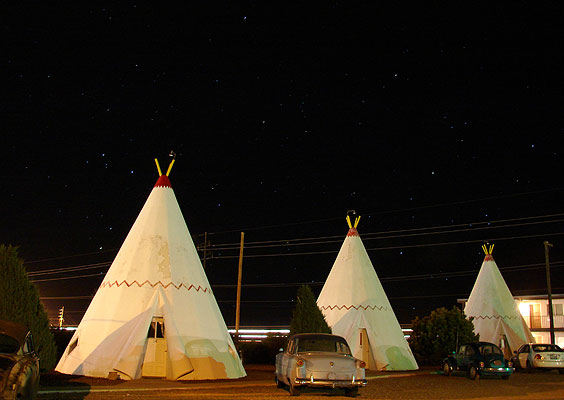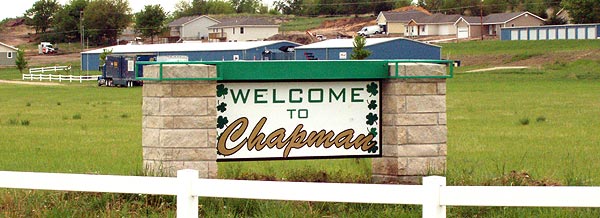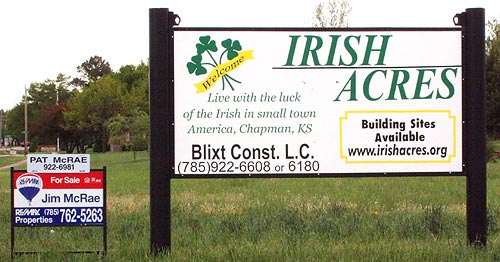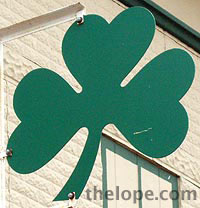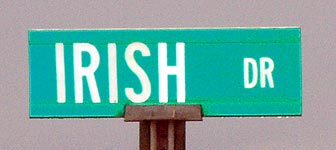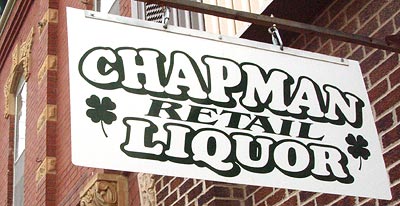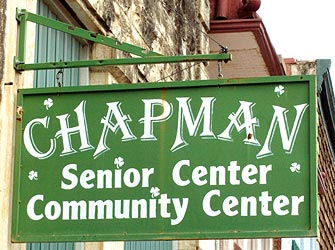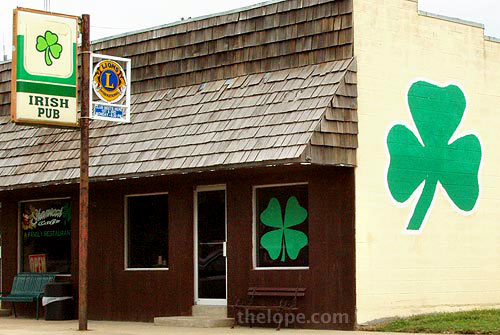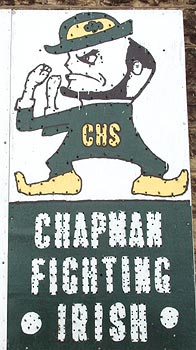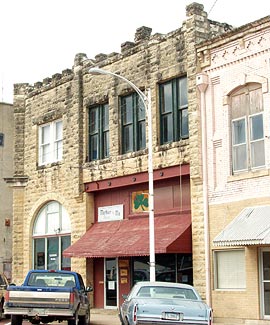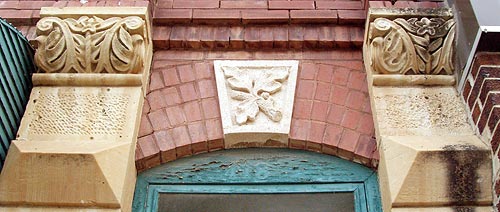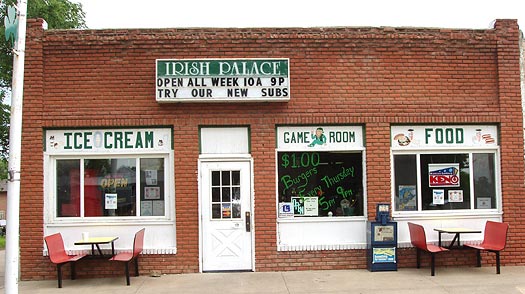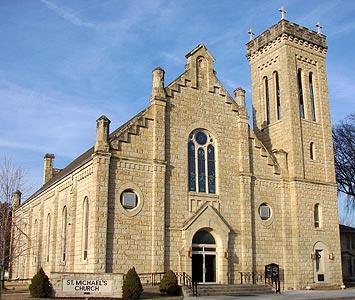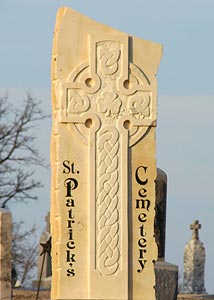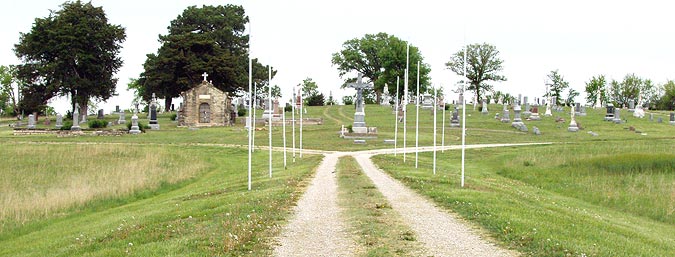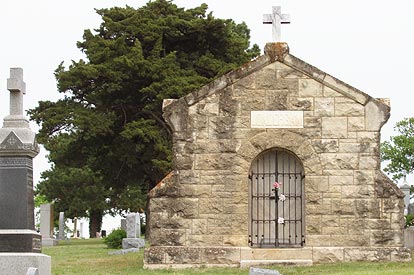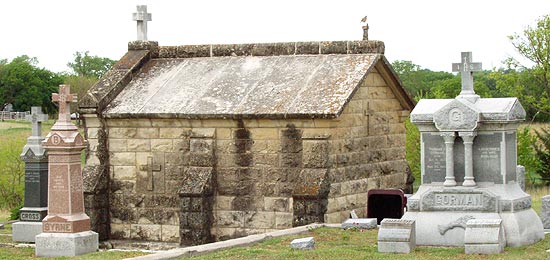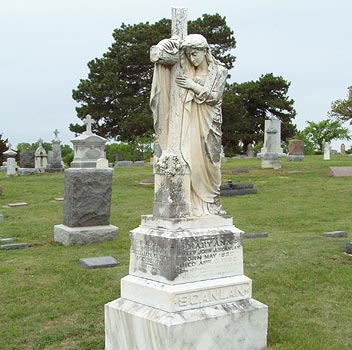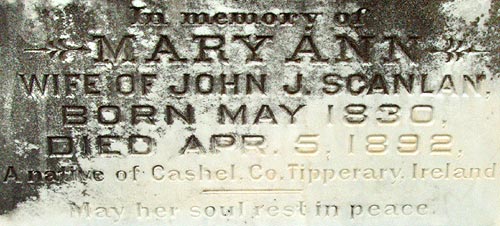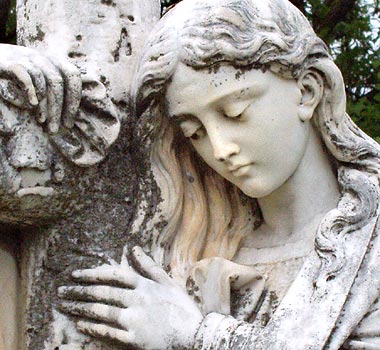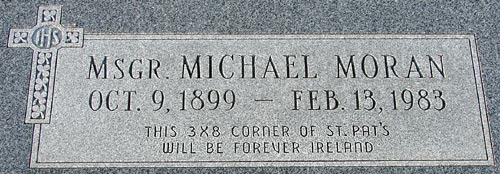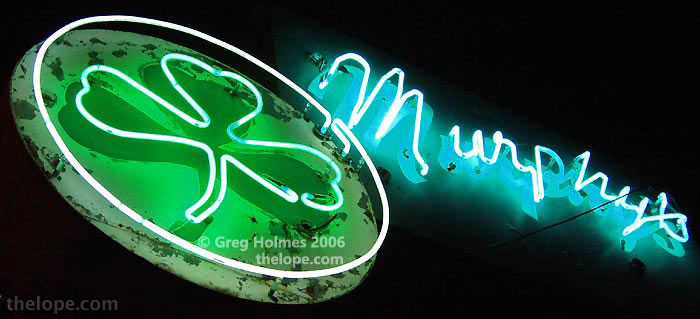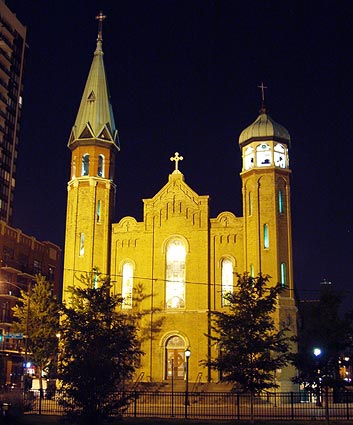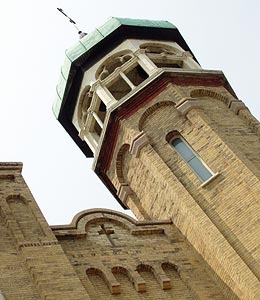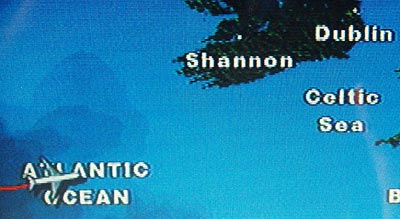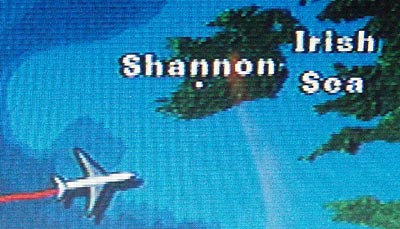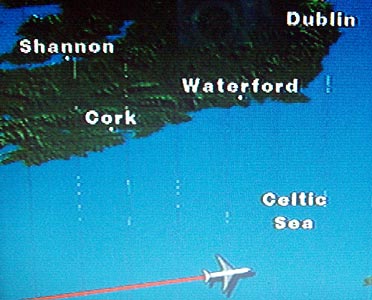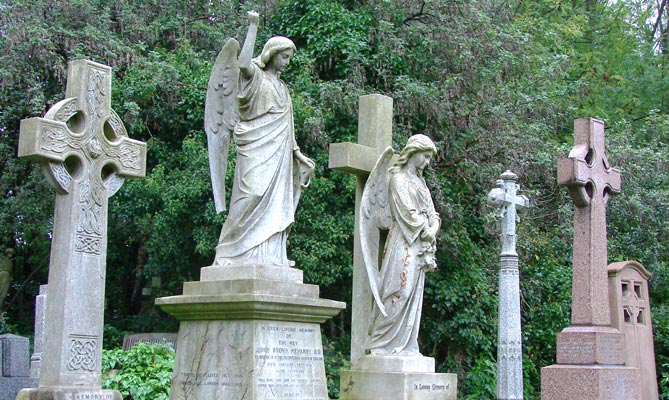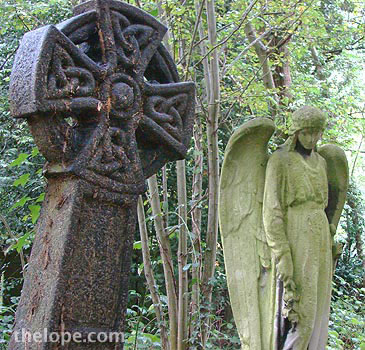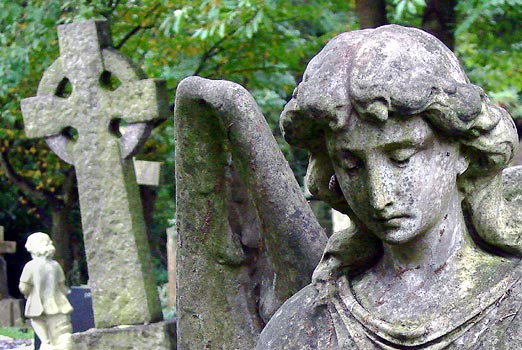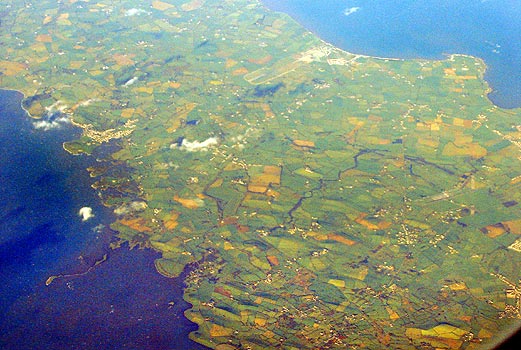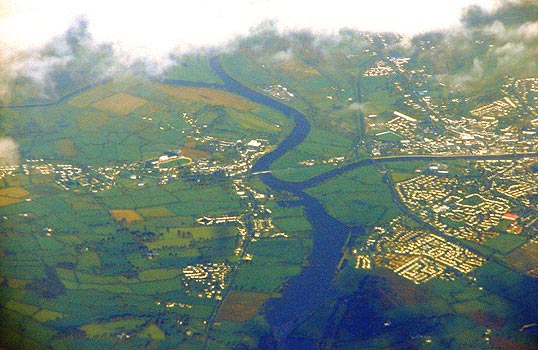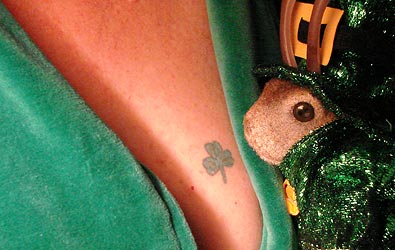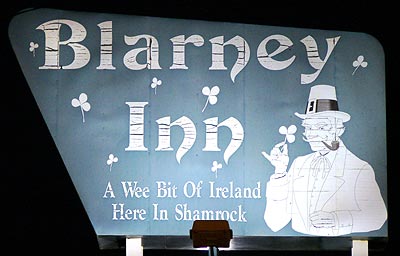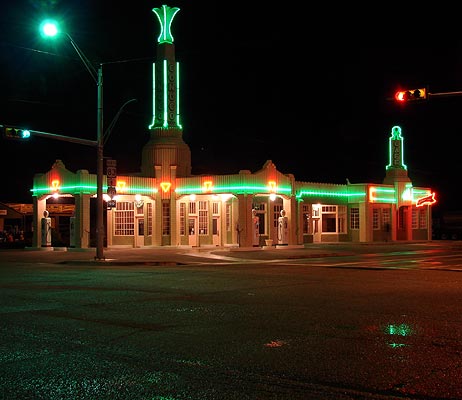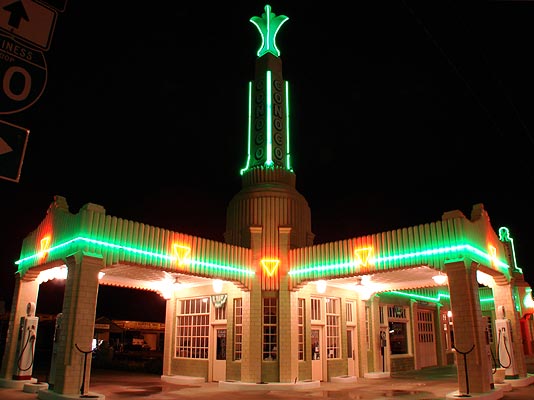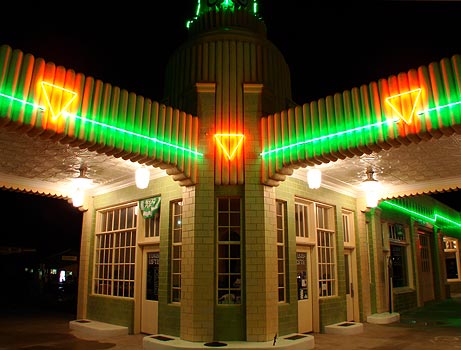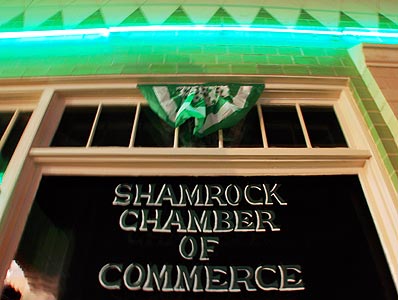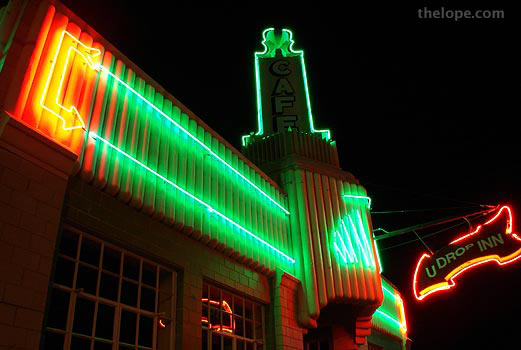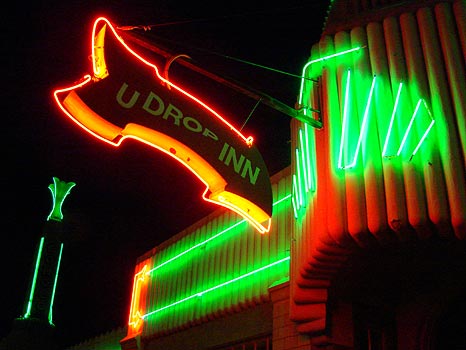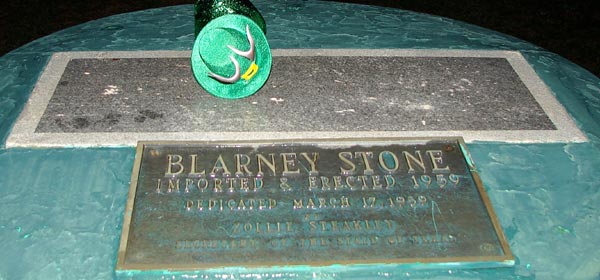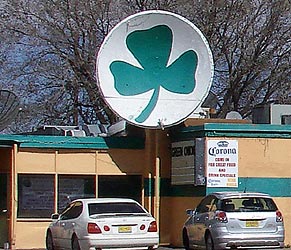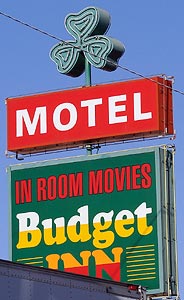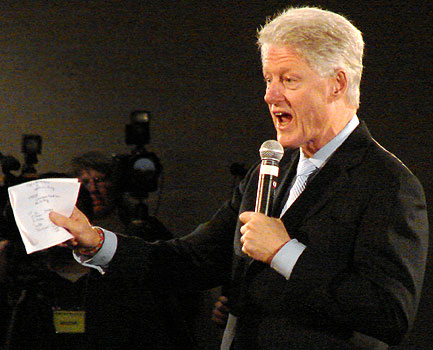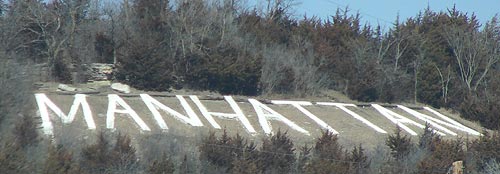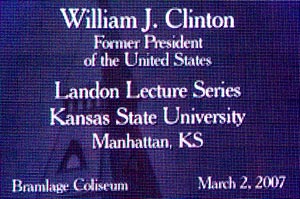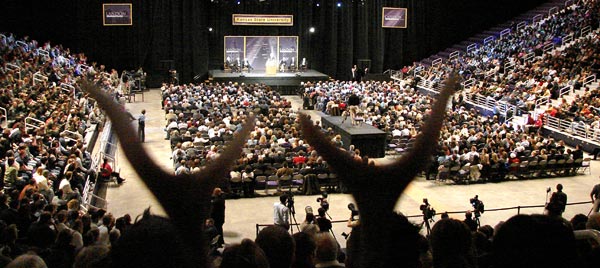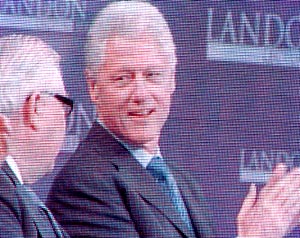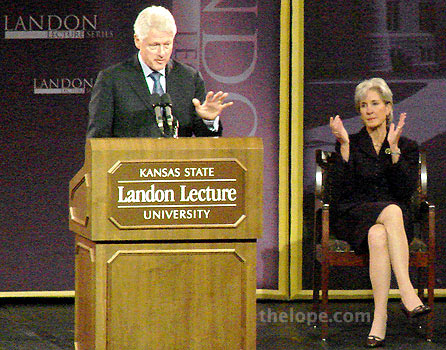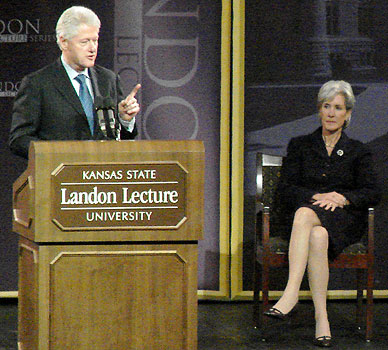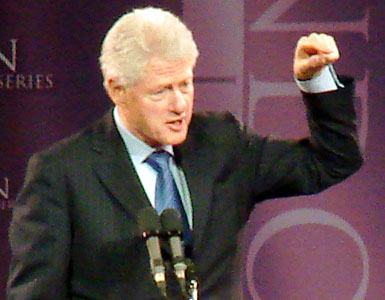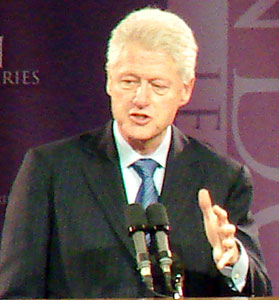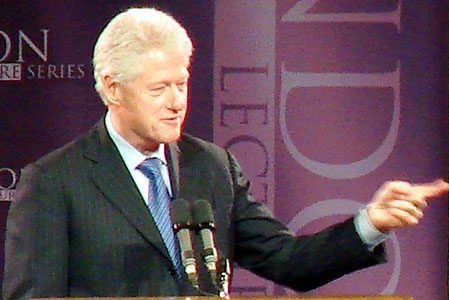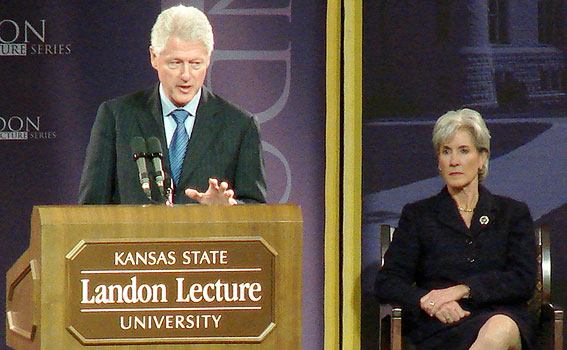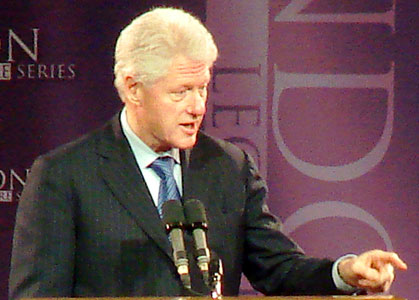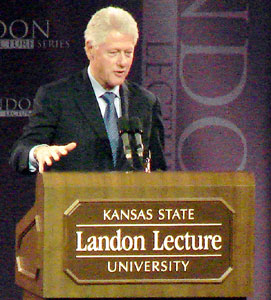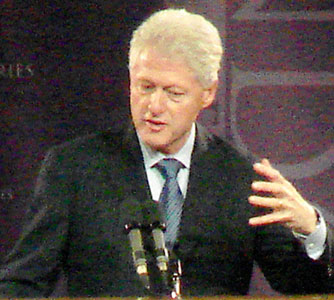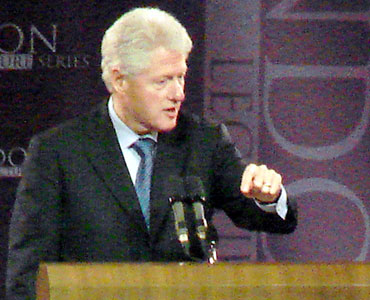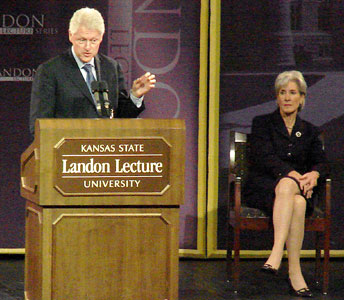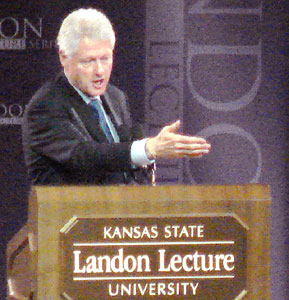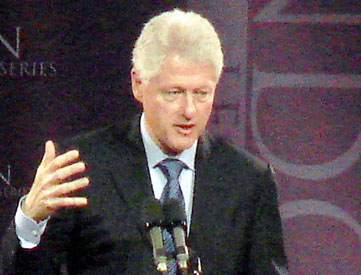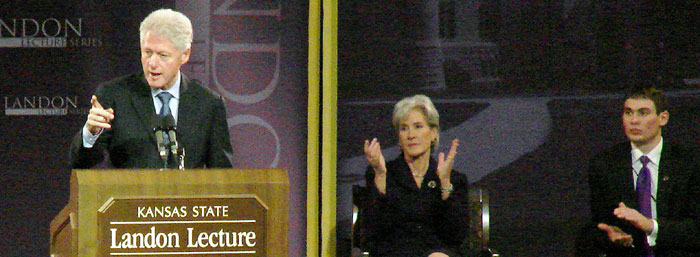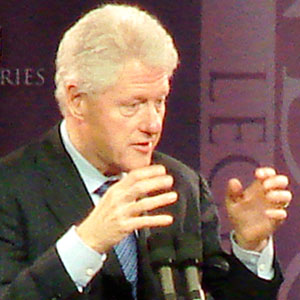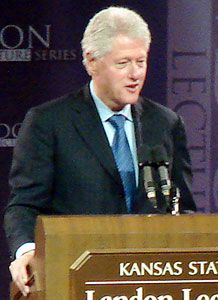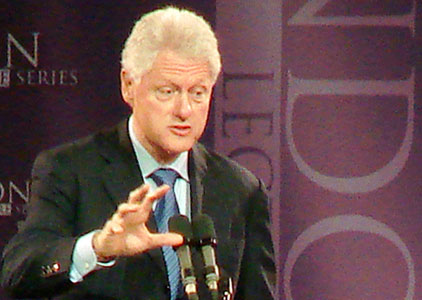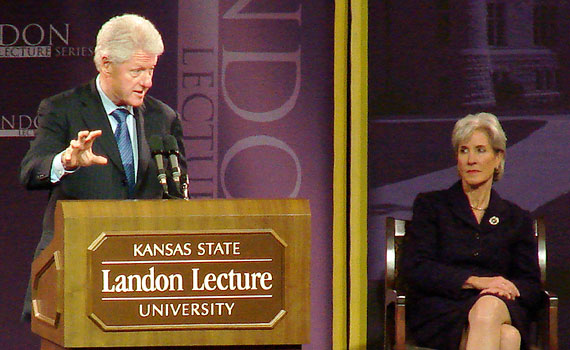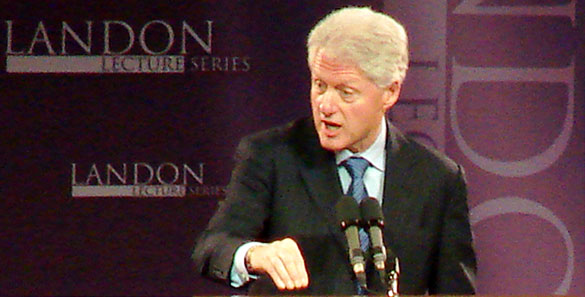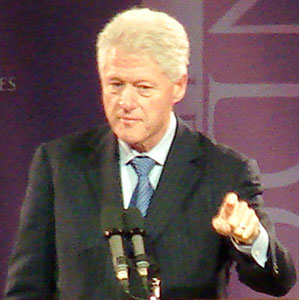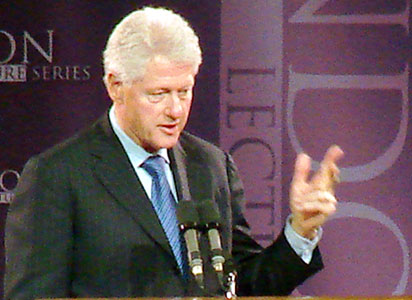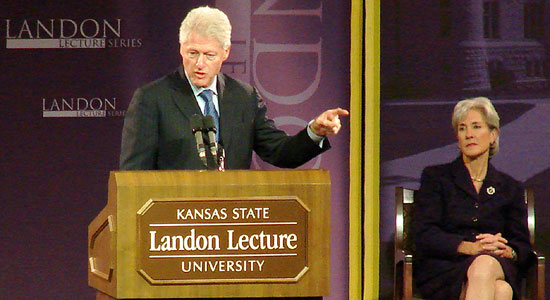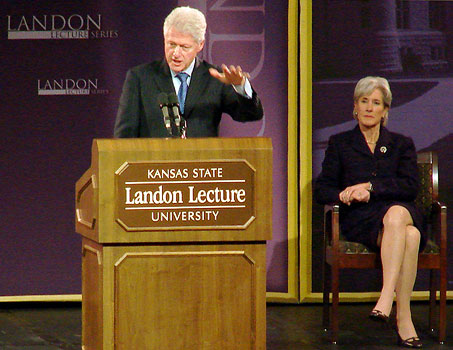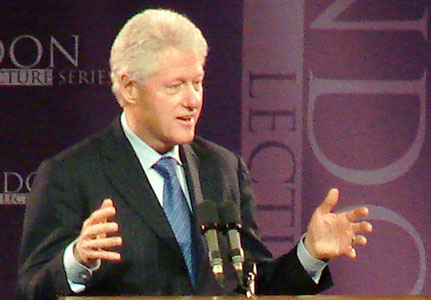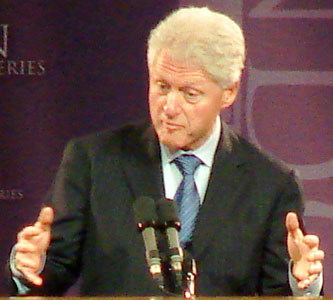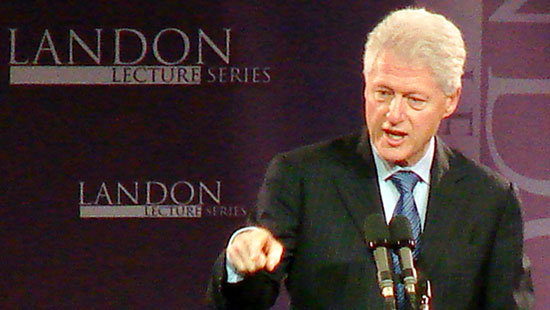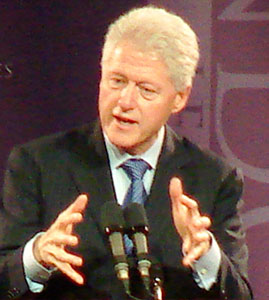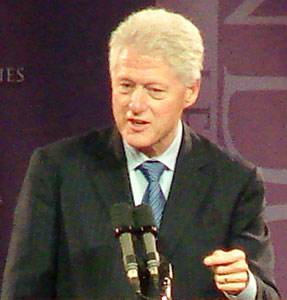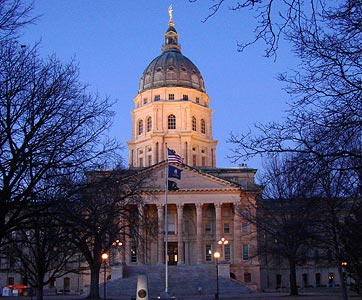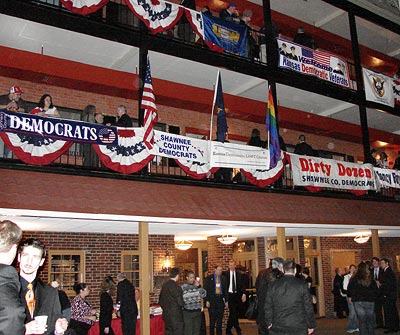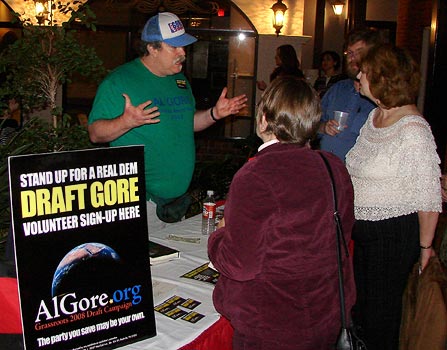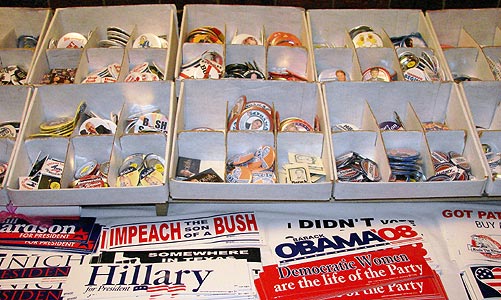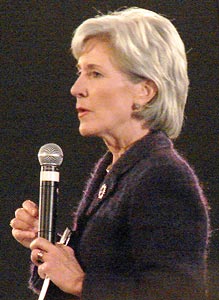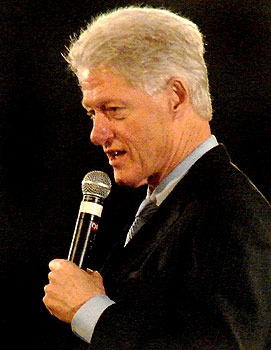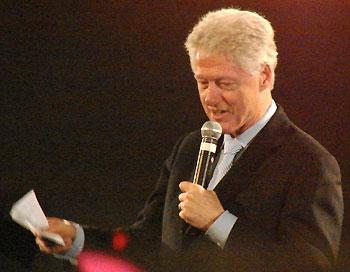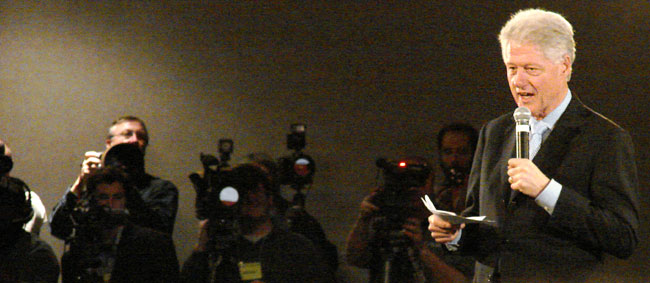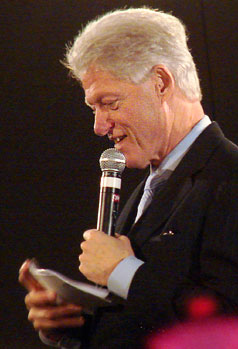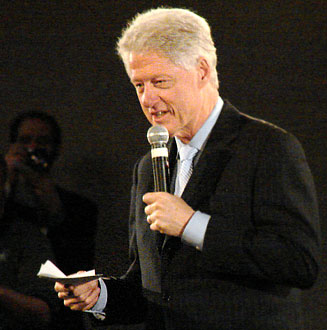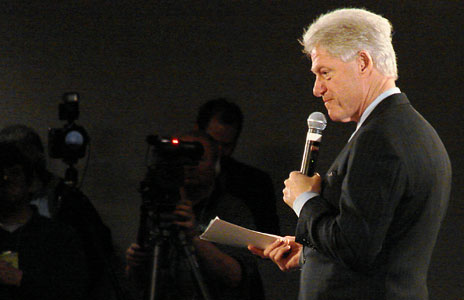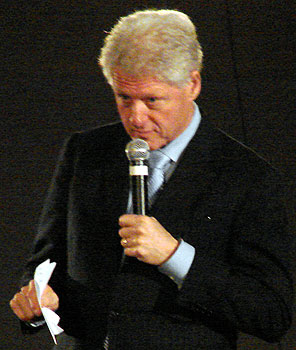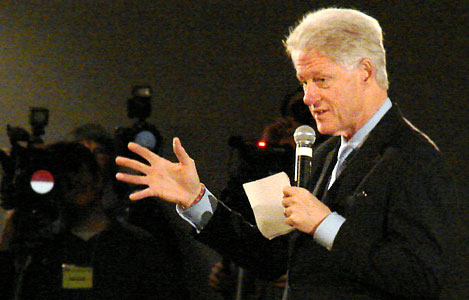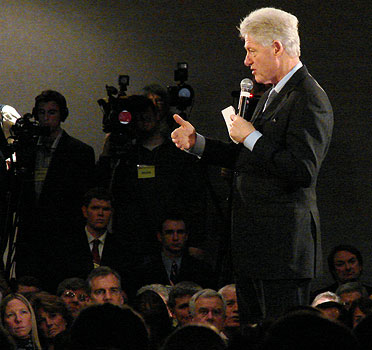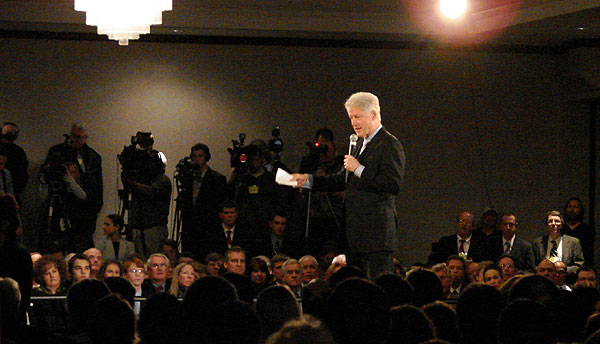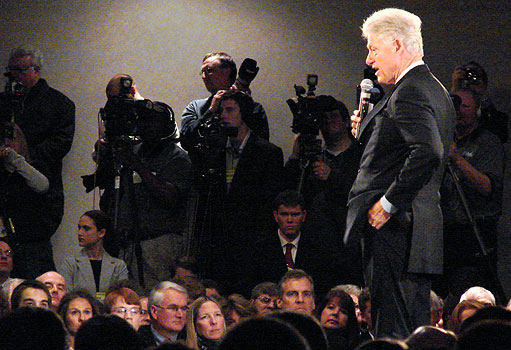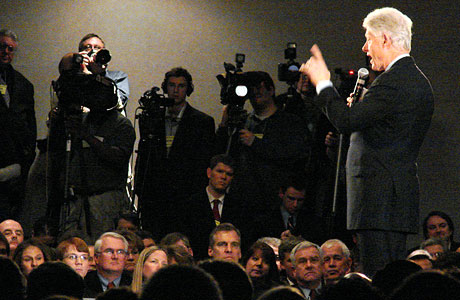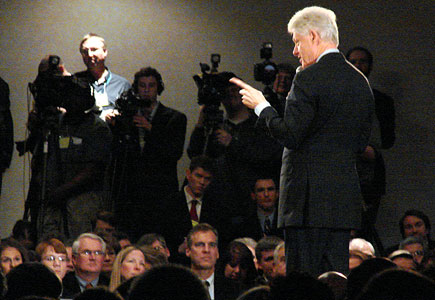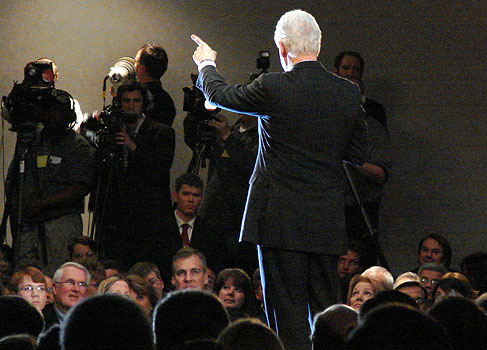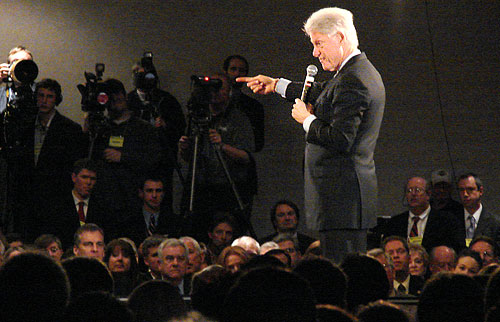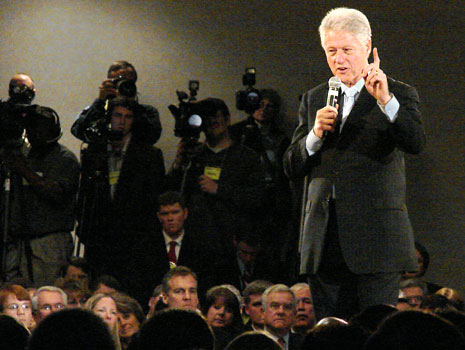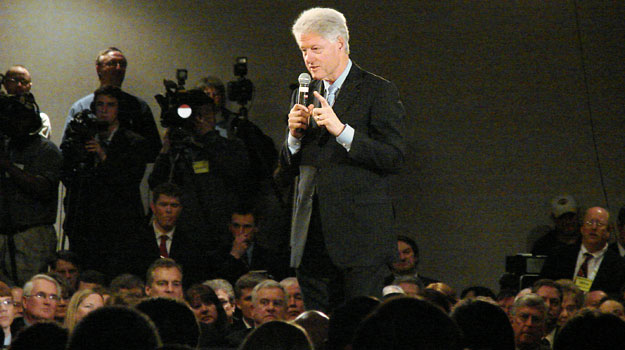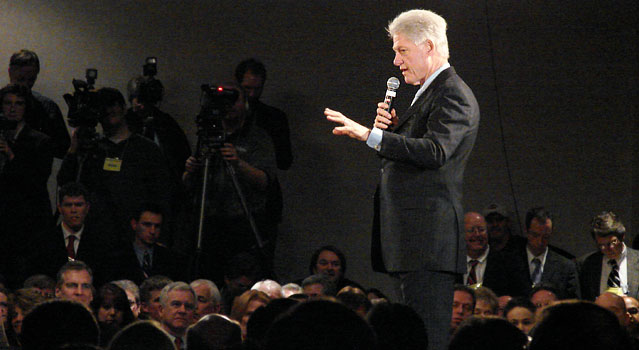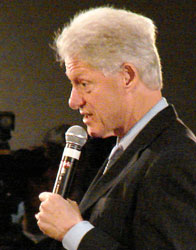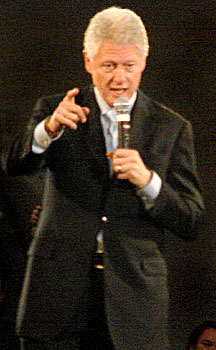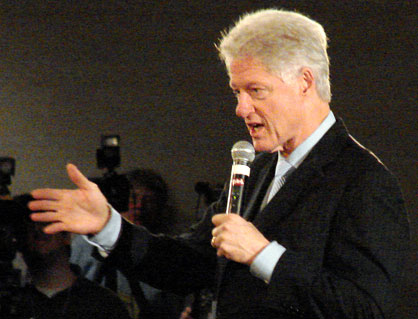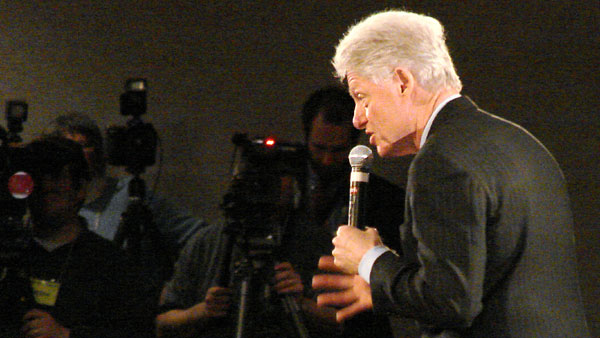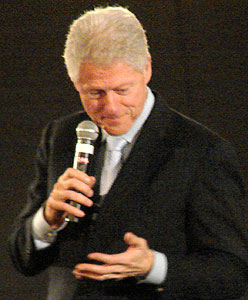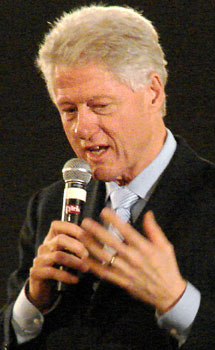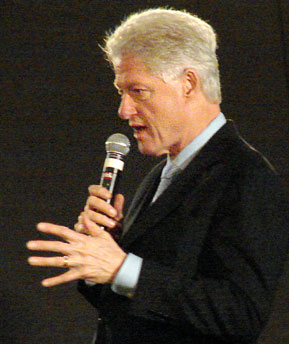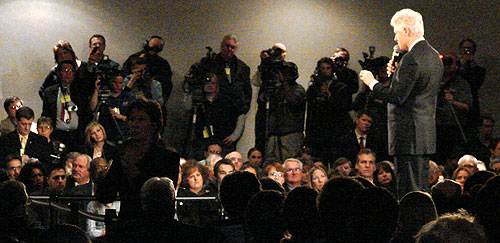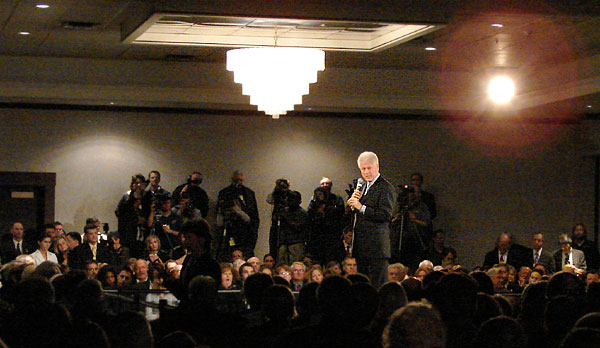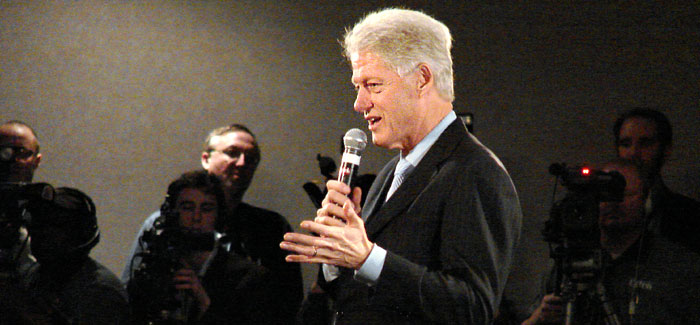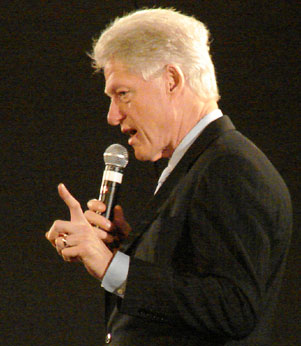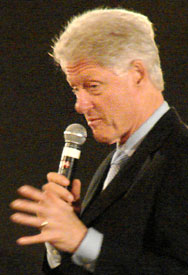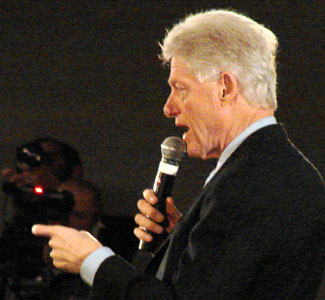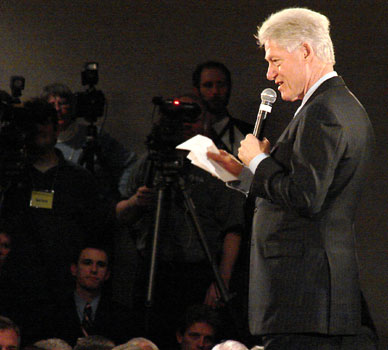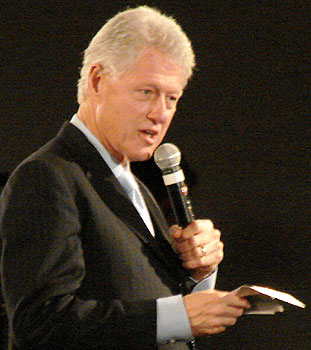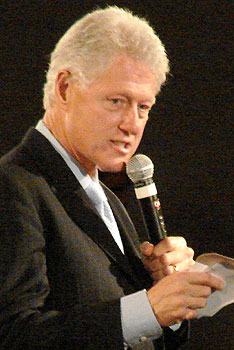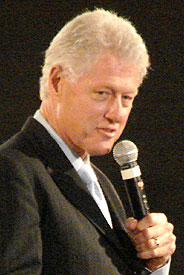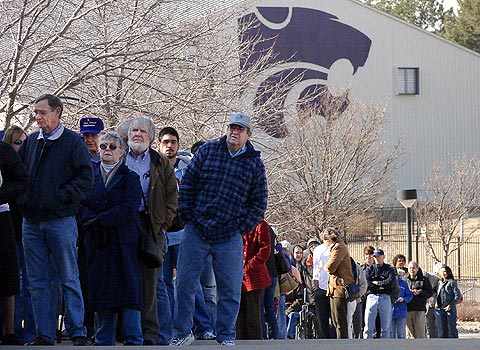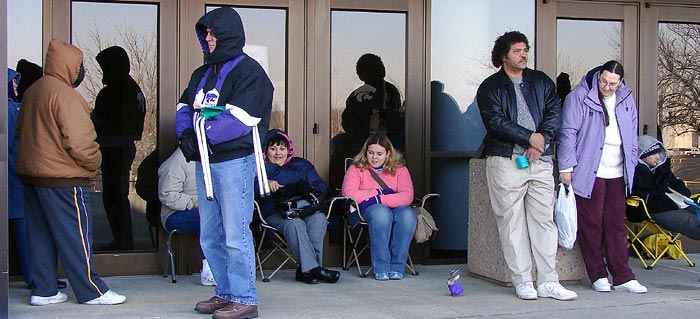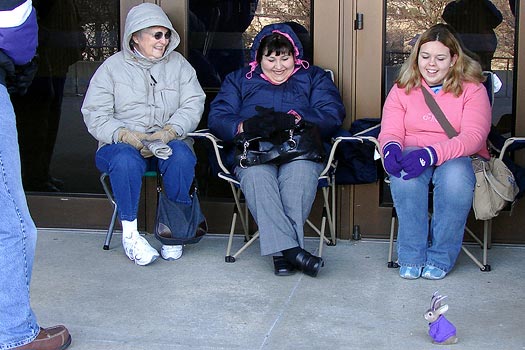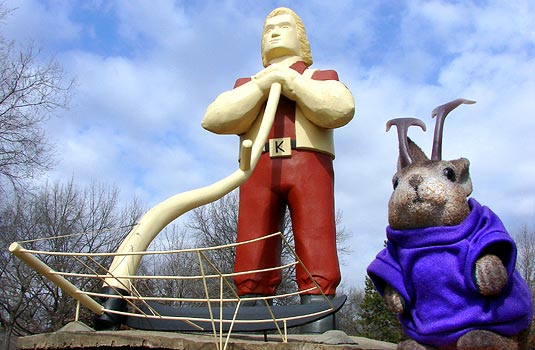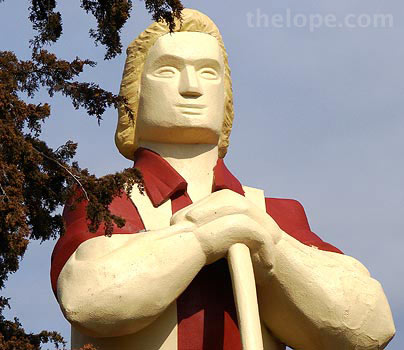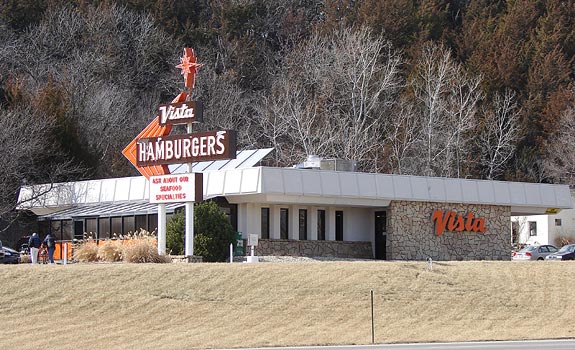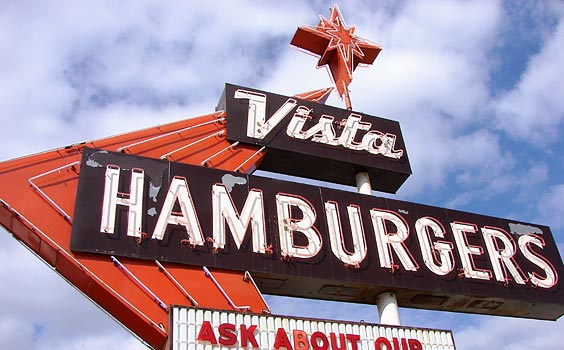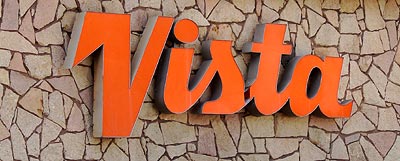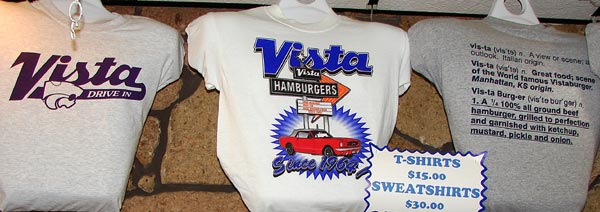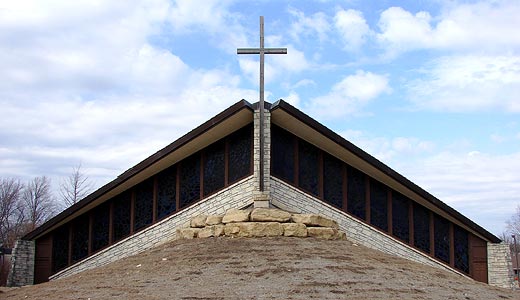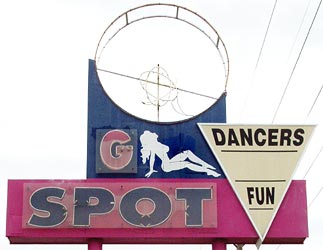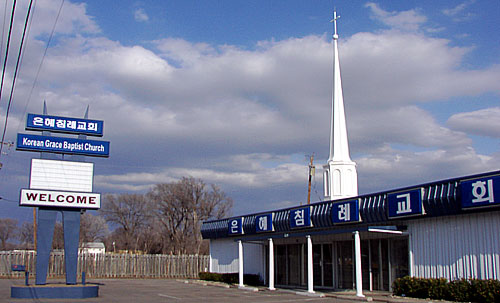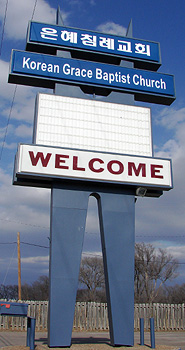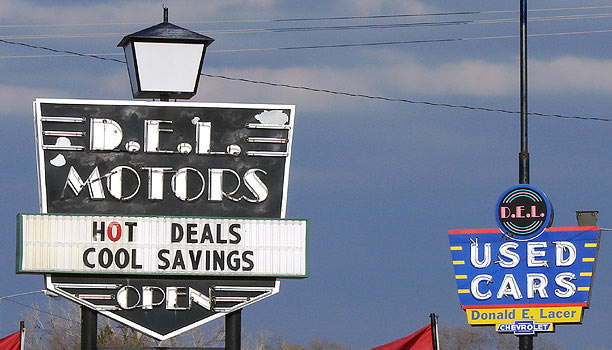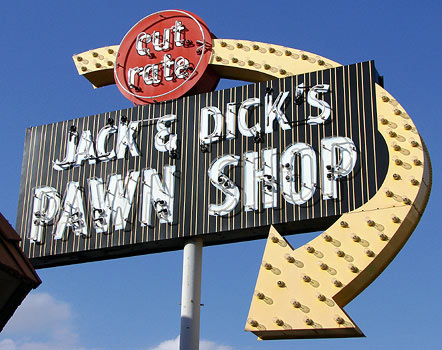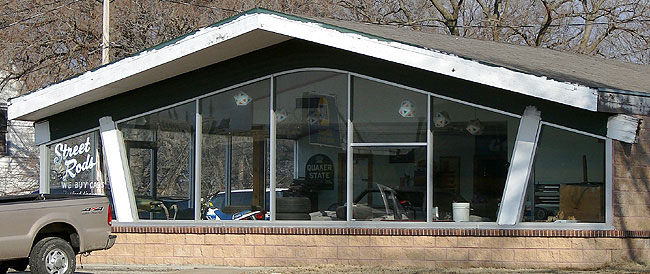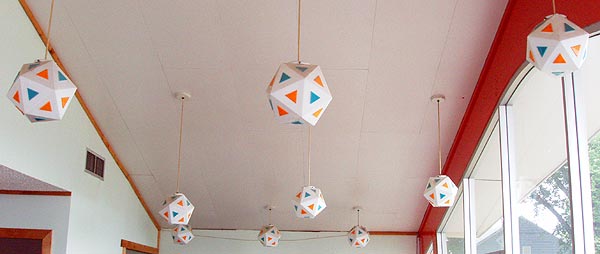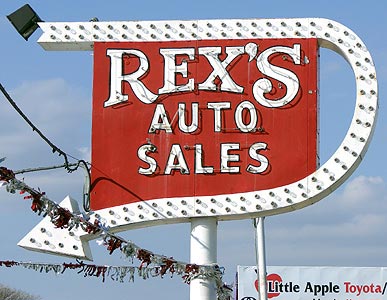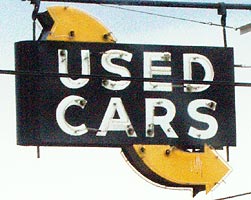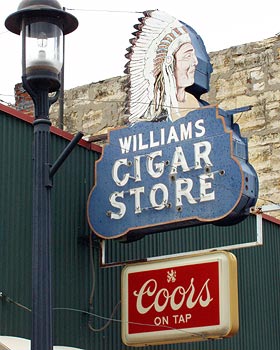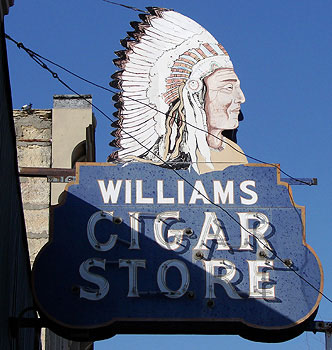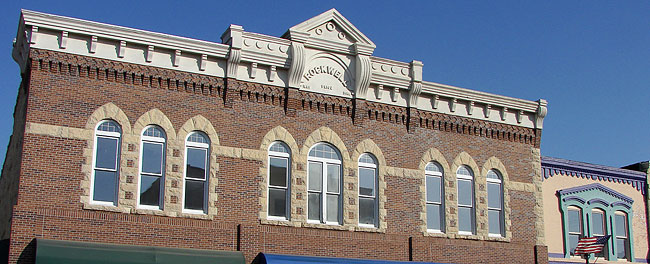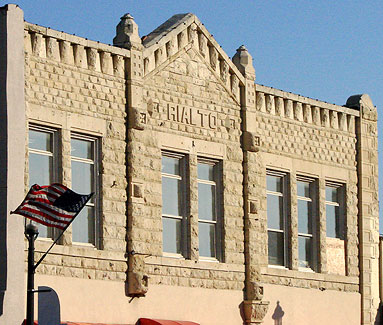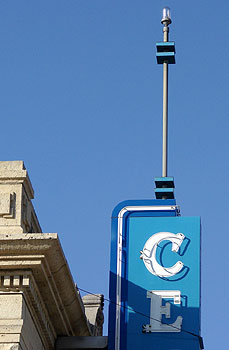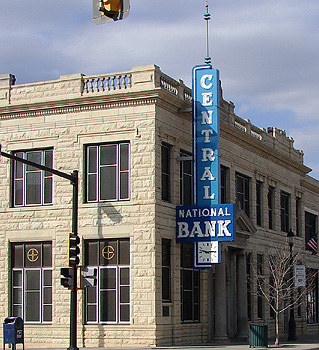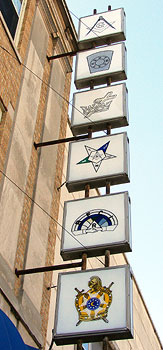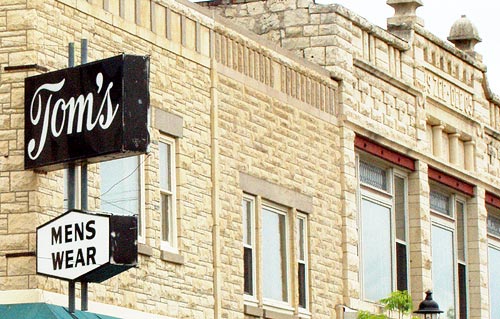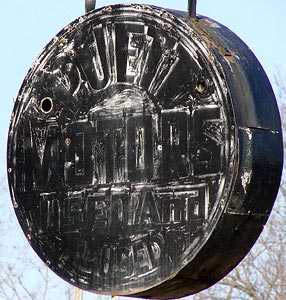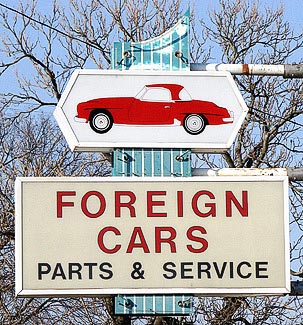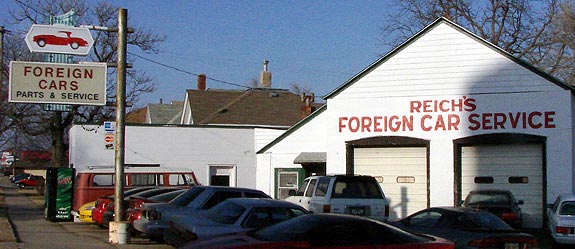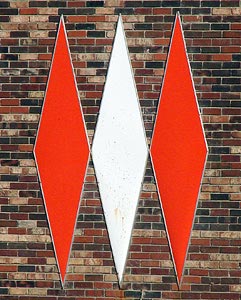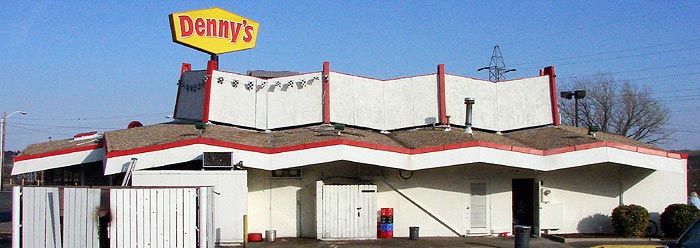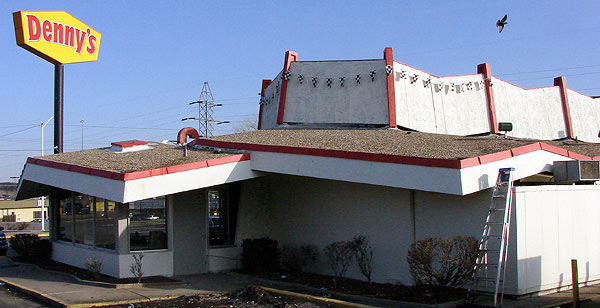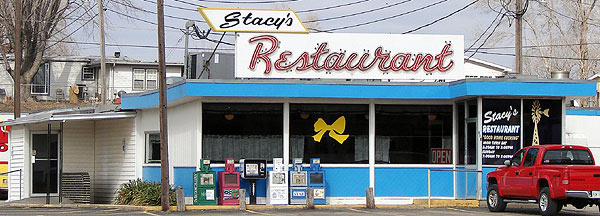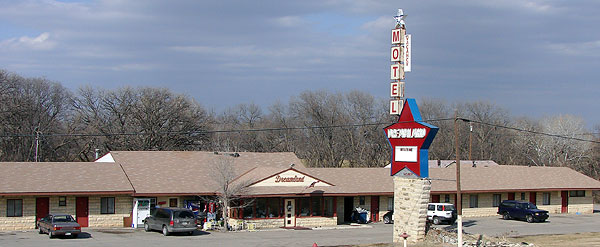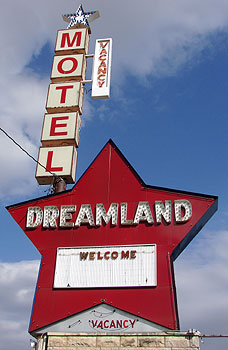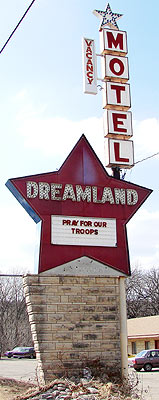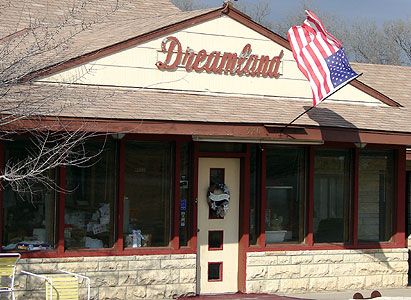UPDATED December 21, 2007
I've never used this blog for a rant, but I feel compelled to do so tonight. I am occasionally asked what photographic equipment I use, and for the past five months it's been a Sony DSC-H2 mid-range digital camera I bought at Office Max in Seattle while on a trip last September.
Do yourself a favor; don't make the same mistake I did.
To give it its due, it's medium size and 12x lens would make it a great blogger's camera. It does have the "digital delay" on the shutter, just as all non-SLRs I've tried, but it's about half the cost of a DSLR and more suitable as a "carry it anywhere" camera. Also, I've been in a few places (i.e. concerts, Clinton's speech and Highgate Cemetery) that inexplicably would not allow SLRs or "larger cameras" but would allow "small cameras"; the DSC-H2 with lens retracted and the cap on passed for a small camera in these places and I got pictures while watching others have to take their cameras back to their cars.
The main problem is the shutter button function and the button itself.
In the last month of its life, the camera would re-focus just before taking a picture, even when the button had already been pushed halfway down to lock the focus. This was a problem for shots in which the foreground subject was to be off-center, as Ace Jackalope often is. The movable focus spot feature would solve this problem, but is another step to have to take in often rushed circumstances. Plus, the camera's tendency to re-focus added more shutter lag.
Then, just before I went to photograph President Clinton about a month ago, I was driving along with the camera in the passenger seat and heard a "ping" noise. I looked on my dashboard and there was my shutter button. It had popped off the camera all by itself, propelled by a spring that I never did find. The camera could still be operated by replacing the button, which has a thin plastic rod on the bottom, but it would fall off easily and even the slight weight of the button would keep the camera in permanent "half-way pushed" mode.
The camera is still under warranty but there was no time to send it away and get it back from Sony before doing the Clinton shoot and a vacation to the southwestern US which was coming up in a few days. So, I re-attached it by making a donut of thin foam rubber to substitute for the spring, and kept the button on with a short length of electrical tape. It was a workable, if somewhat ghetto-looking solution, and it kinda-sorta worked for awhile.
Finally, about two weeks ago in Santa Fe NM, it stopped working entirely; the button would no longer trip the camera. I tried using the pointed end of one of the hat tacks that I use as wardrobe for Ace, with the sharp end clipped to the right length, to trip the shutter, but that worked only in a haphazard manner.
Fortunately, the one time I had bought an extended warranty, it was for this camera back in September. I had office Max's "Max Protection" plan but it's only supposed to be in effect
after the manufacturer's warranty is expired, which is months away. I took time that I'd ordinarily use to see Santa Fe and sought an Office Max. Thanks to an assistant manager in Santa Fe, who was sympathetic to a guy on a road trip, it worked. They called in my extended warranty and replaced the camera right there and then. I was such a happy camper that, even though I was out 50 bucks for the first extended warranty, I bought another.
I was back on Route 66 with a working camera...for awhile.
Eleven days later, the shutter button came off the replacement camera. I was shooting pictures at Palo Duro Canon near Amarillo and as I lifted my finger off the shutter button, it came loose. That's right - two cameras, same exact problem. At least the first DSC-H2 lasted five months.
My brother loaned me his DSC-H2 and I noticed immediately that the shutter lag was much less on it. All this time, with my two examples of the same camera, I had experienced a shutter lag longer than his example of the model. Fortunately, this was on the last day of that trip.
This time, I had the spring and I took time to photograph the camera's problem with my previous digital camera, a temperamental Olympus that still works sometimes.
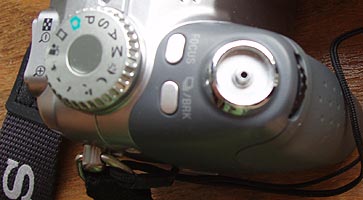
Here's the grip area of the camera without the button. You can see the hole the shaft on the bottom of the button fits in.
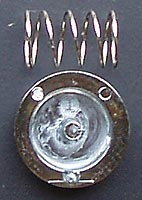
Here's the underside of the button and the spring. You can see a small light spot in the middle of the shaft on the bottom of the button: that's the place the plastic shaft broke. It's less than a half-millimeter wide. That's right, the thing that keeps the DSC-H2's shutter button attached - the thing that lets you capture the sights you want to share - is a
plastic shaft thinner than a toothpick, which is under regular pressure and has a spring trying to push it apart all the time.
Today, in Joplin MO, another Office Max replaced my camera. It was not necessary to use the extended warranty as the camera was still within the 14-day Office Max return period. They replaced it even though, by the letter of their policy, I was supposed to have the original packaging, which was miles away. I'm actually pretty happy with Office Max.
I did a little research tonight and discovered that I'm far from the first to experience the flying shutter button.
For instance,
here.
Several different users commented on
photographyblog.com that they had the same shutter button problems, for example: "
Yesterday I found another interesting thing about the DSC I hadn't used for about a week: the shutter button isn't anymore, it disappeared. Finally I found it somewhere on the carpet together with the spring but a part is stil missing as the button cannot release the shutter anymore."
And at
photographyreview.com: "
My Sony DSC-H1 was sitting on the desk all alone for about an hour when all of a sudden I heard a slight noise and saw parts flying. It was the shutter button and spring! No on had touched the camera."
I found more examples of this, but frankly I'm tired of thinking about it, just as I'm weary of borrowing other people's cameras to make due until I can take prime tourism time to find yet another Office Max in the middle to the urban banality I usually try to avoid.
My Canon AE-1 lasted 30 years. My Canon T-90 lasted 21 years. My First digital, an Olympus C-60, lasted 14 months. My first Sony DSC-H2 lasted five months. My second DSC-H2 lasted eleven days. I'm not liking this trend.
Learn from my mistake; don't buy the Sony DSC-H2. There are competing mid-range cameras from other manufacturers, try one of those or buy an SLR. I think that'll be my next step.
Update added May 1: On April 8, the focus lock on my third Sony DSC-H2 began failing. It would work for awhile on any given day, but would fail an hour or so into a shooting session. This was the pattern: it would work properly at first, the focus lock engaging when I pushed the button half-way down. Then, at some point, there'd
be no halfway down and focusing would occur just before the picture was taken. The total time from pushing the button til exposure would be about 1.5 - 2 seconds at this point. Then, after a rest, the camera would work properly again.
Until April 22, when the absence of the halfway-pushed focus lock became permanent. As of now, May 1, it still only focuses right before a picture. This is a problem when shooting off-center subjects (i.e. person off to side of background) as the camera will focus only on the center unless the movable center spot is used, which is not a fast process.
Focus is stuck on the last picture taken, until refocusing, which results in taking a picture whether I want it or not. This is a problem when in flash mode as one flash is expended in the focusing process, forcing me (and my subject) to wait while the flash recharges after what may of may not be a good shot.
I have tried to return the unit to Office Max, but was informed it will expend my 2-year extended warranty to do so. Since I have no confidence in yet another Sony DSC-H2, I'm hoping that Office Max discontinues the DSC-H2 in favor of the DSC-H7 and I can exchange for it -
if, I can tolerate the behavior of my H-2 that long (and the shutter button does not all off). Not that I'm eager to try another Sony, but at least the H-7
might not have the same defect.
Update, August 27: I'm on my
fifth DSC-H2. I had to cash in the Office Max extended warranty to get the 4th one on May 7. It lasted less about 24 hours before focus lock broke during an assignment which included
photographing the President. No kidding - I'm taking a picture of the President of the United States and the focus lock doesn't work. No matter what you think of him, that's a pretty rare opportunity. I was lucky enough to get a couple shots anyway, when Bush stood in the same place long enough that the extended delay was not a problem, but I'd have had more frames from which to choose if focus lock would have worked.
I was able to trade it out for the 5th one because the problem occurred well within the receipt period. Not all of my area Office Max stores were amiable to this, and many no longer stock the camera so it took awhile to do the switch. I think they're getting tired of me walking into the sore with a broken shutter button. I flirted with getting a demo model as it would have been manufactured much earlier and I think the problem does not date back to the very beginning of production, but was not able to do so.
So here I am with #5, which is behaving so far. If you ran across this little blog entry because you're having the same problem with yours, you might find the comments over at
photographyblog.com to be comforting. At least you're not alone.
Update, December 21, 2007 - The focus lock on my fifth DSC-H2 failed a few months ago and the shutter button popped off a month ago. For awhile I could still use the camera with the button held on with cellophane tape. I could not swap it out for another DSC-H2 as there were none left at any Office Max I checked. The model has been discontinued now.
On December 17 the camera stopped working; the taped-on shutter button would not trip the shutter. Based on information on
Photographyblog, I ordered Release Assembly part #: X21083252 from
Sony and received it on December 20th. I ordered that it be sent second-day shipping. The part was $18.61 and shipping and tax brought the total to 32.72. Had I gone with standard shipping, the total would have been $27.36.
(Note above model number updated to X210832
52 from X210832
62)
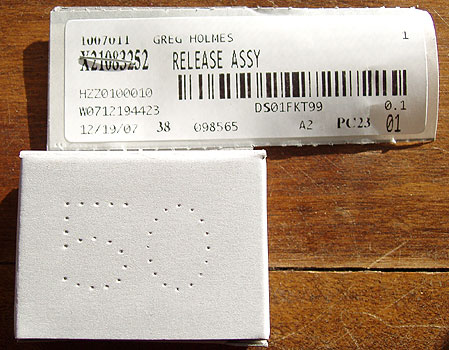
It arrived in a much-over-sized box about 11x5x5 inches. Inside that was this smaller box with the part.
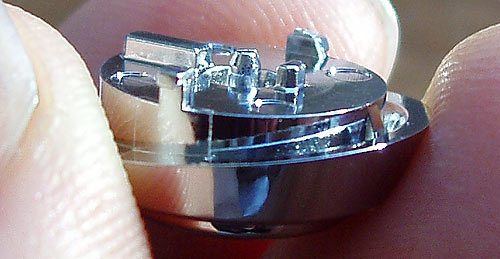
Here's the part.
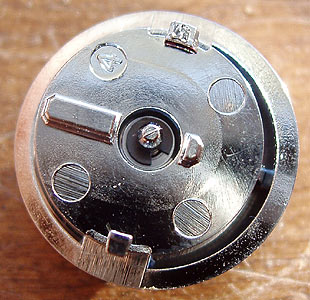
You can see two tabs that lock into slots on the camera body. They are fragile.
I was able to pry off the remainder of the old release assembly - a bezel that holds the button - with a thumbnail and slight counter-clockwise twist. This is what I found inside.
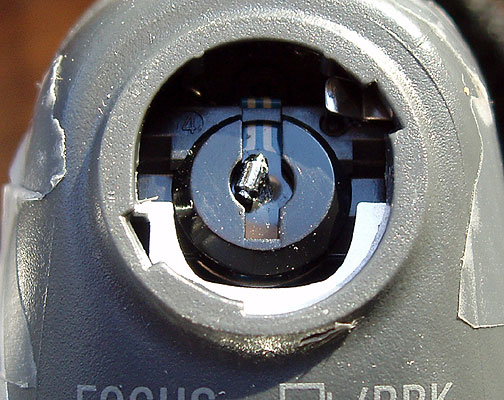
You can see a small piece of the shutter button shaft that has broken off, resting on the membrane that, when pushed, actually trips the shutter. As you can see, the shaft was indented, causing a distinct weak point in already thin plastic. I surmise that the camera worked as long as the two parts of the broken shutter button shaft were aligned and failed when this lower part turned sideways.
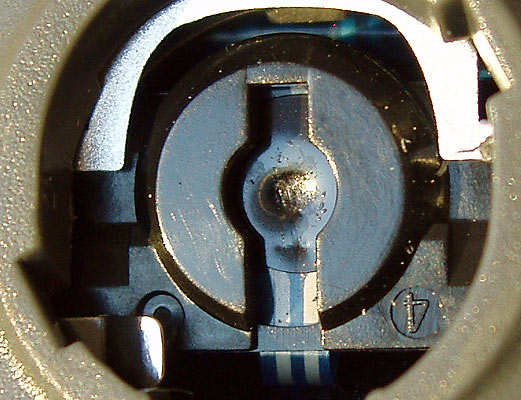
And here is the cause of the focus lock problem. A membrane underlying the shutter button shaft has become dented, probably from being held in the focus lock position as any user who is tracking a moving object would do. I presume that, as someone on
Photographyblog has suggested, the membrane is supposed to touch another one beneath it to cause focus. Now it is in constant contact with whatever is beneath, causing the malfunction. I can't fix that right now. I believe it'll take a different part, probably the switch block control (Part No: 147969921) at $62.91.
However, I did install the new release assembly (shutter button) with a careful push and clockwise twist. The camera works now - as far as taking pictures - but focus lock still does not function.
